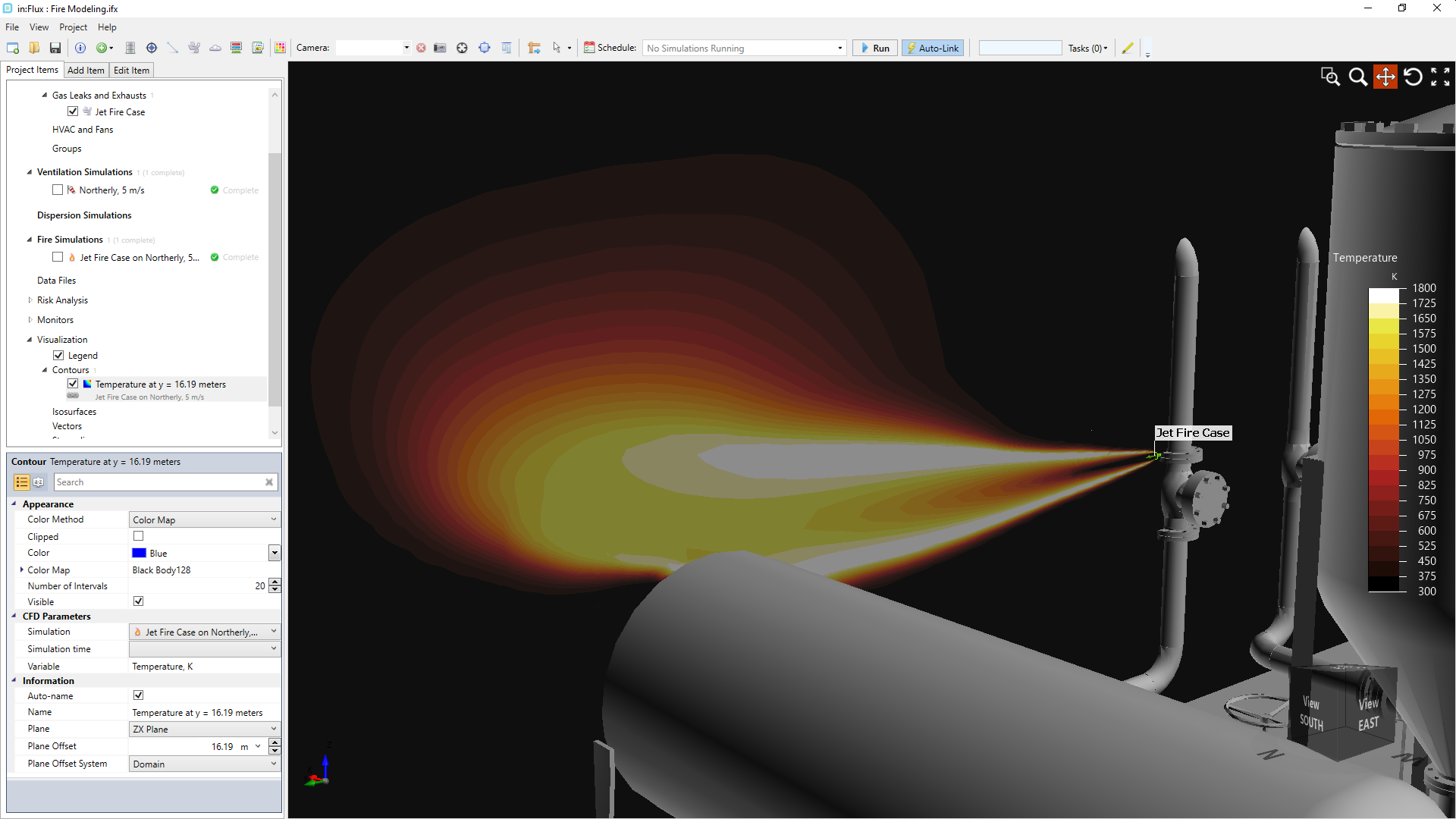One thing stood out to me while we were writing a fire model for in:Flux. CFD Fire Modeling is extremely challenging.
The interconnection of the combustion, turbulence, reaction chemistry, soot, spectral, heat and radiation models make convergence in complex CAD geometries both a demanding task and a delicate balance.
Engineers tasked with CFD projects that require fire modeling have two choices: use general-purpose CFD software and be faced with a plethora of options, settings, and decisions, or use specialized fire CFD software and struggle with out-of-date user interfaces, slow run times, and bugs.
I have sympathy because I have been there. Back in my consulting days, even with a PhD in CFD, fire modeling was beyond my skill set. I struggled through it, but often I had no idea if I had made the right choices – should I have chosen a different number of rays for the radiation model? Was the spectral model right? Which soot model is best? Projects do not allow time to investigate this.
Our goal with in:Flux was to make fire modeling easy for everyone. The engineer should have to do no more than select a leak source in their CAD model and choose a wind condition. The software should handle the rest.
Simplifying this process reduces user error, and enables a wider range of engineers to benefit from CFD modeling. This is exactly why we wrote in:Flux in the first place.
It has been a long and demanding journey but we got there – fire modeling is now included with in:Flux as standard.

Find us